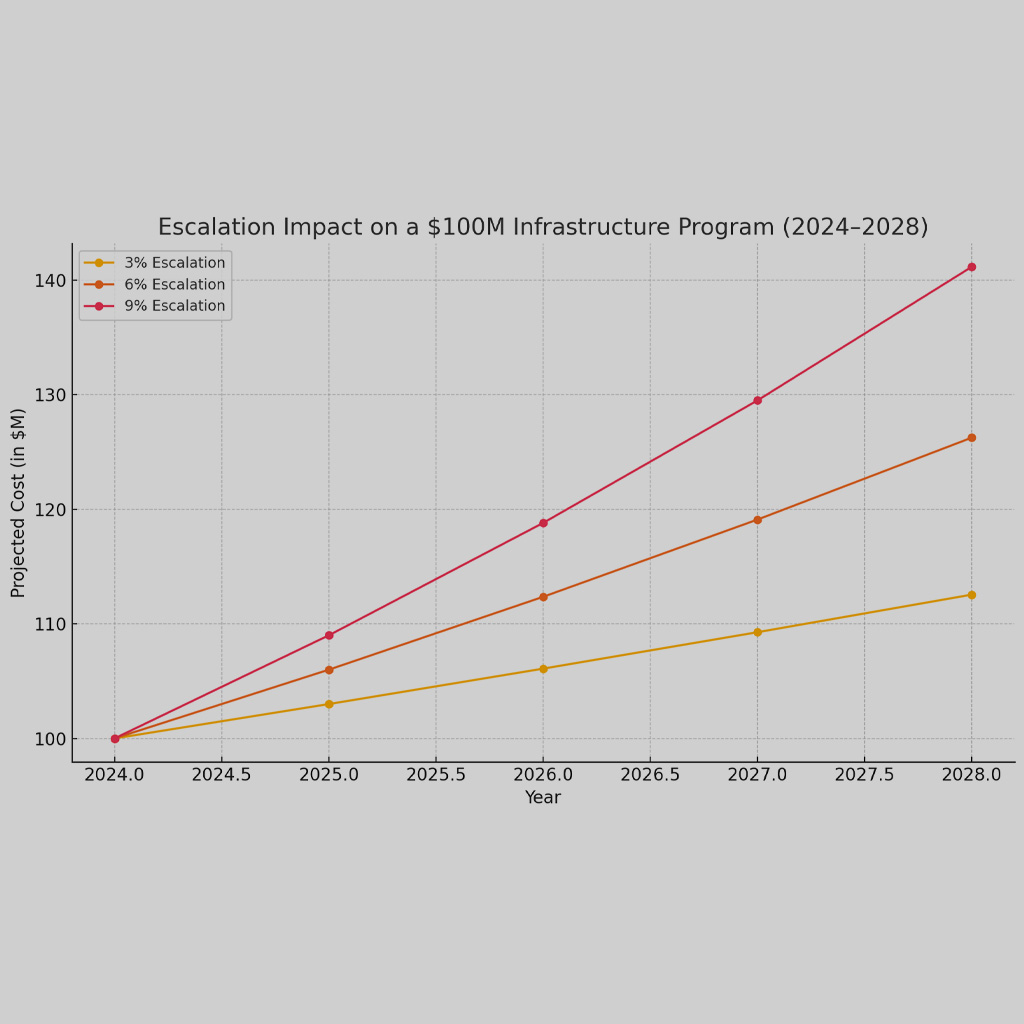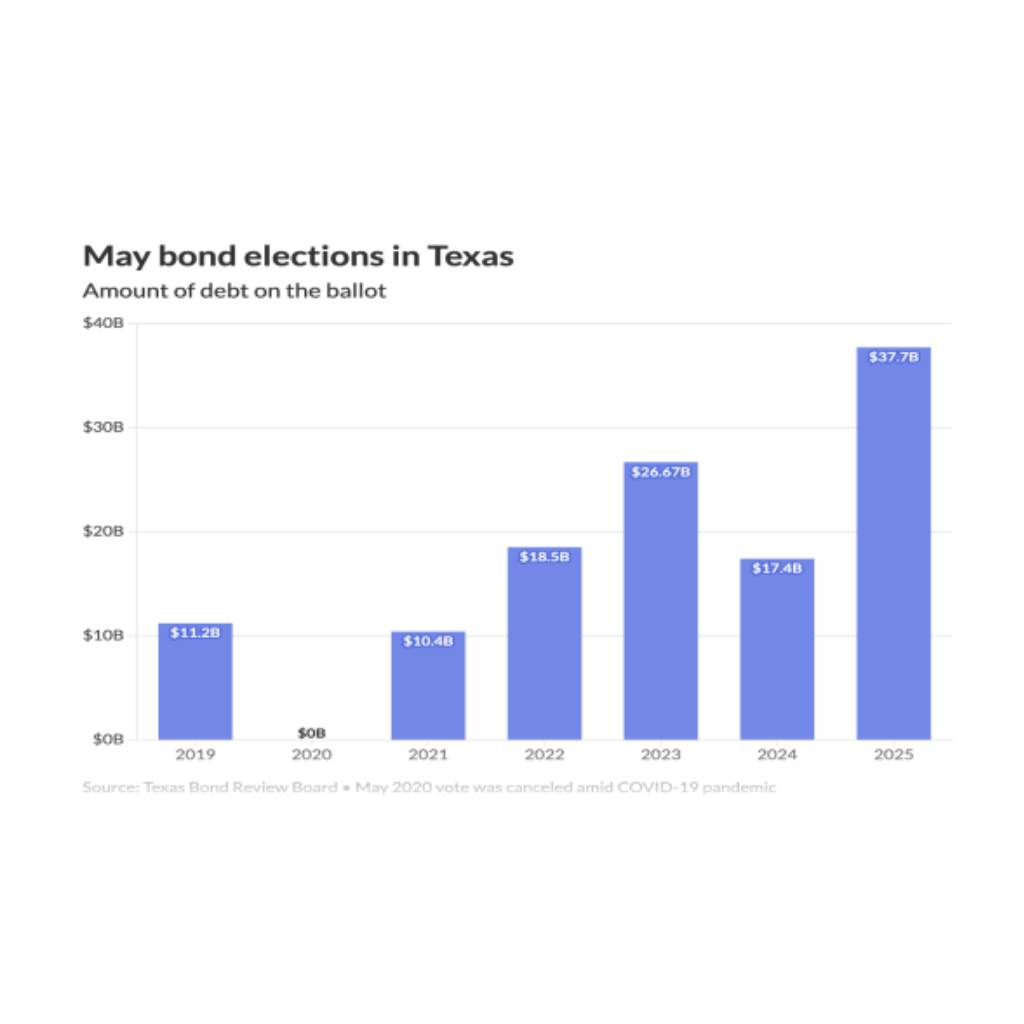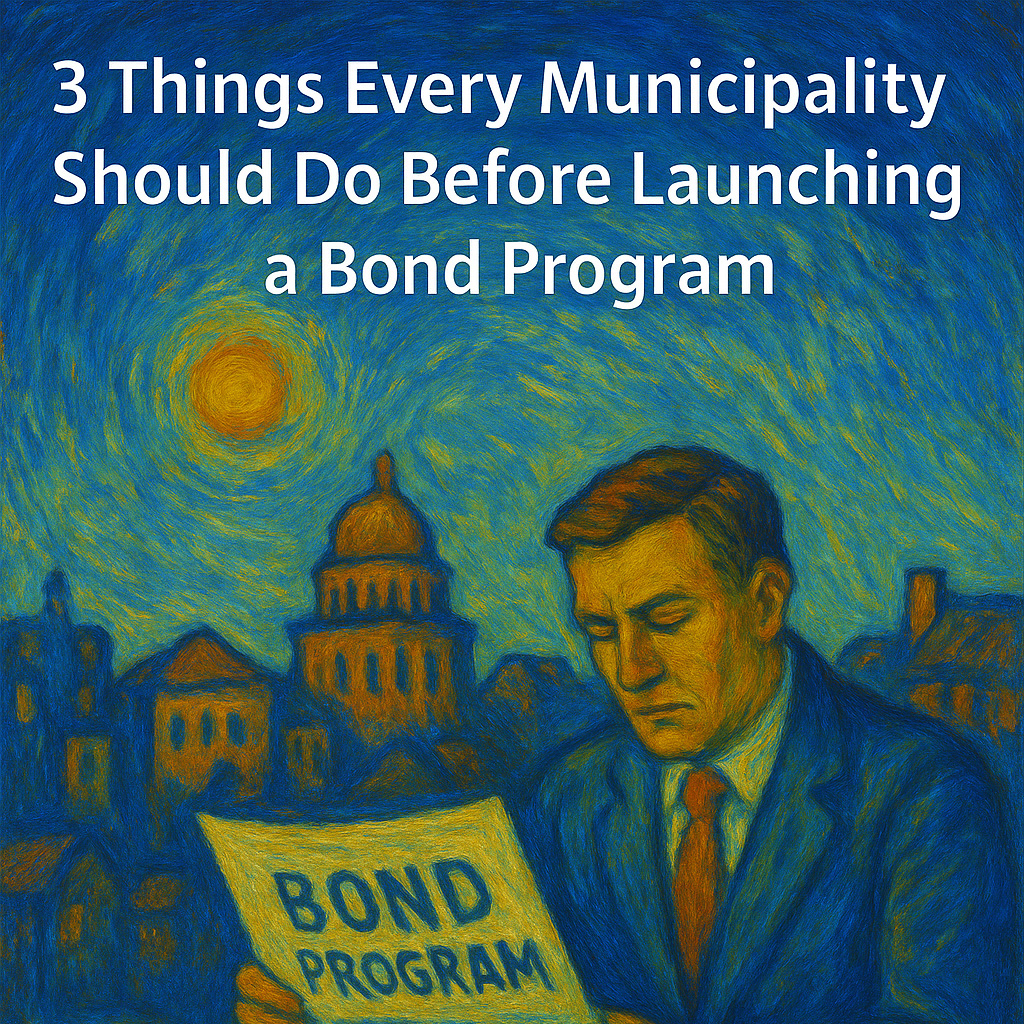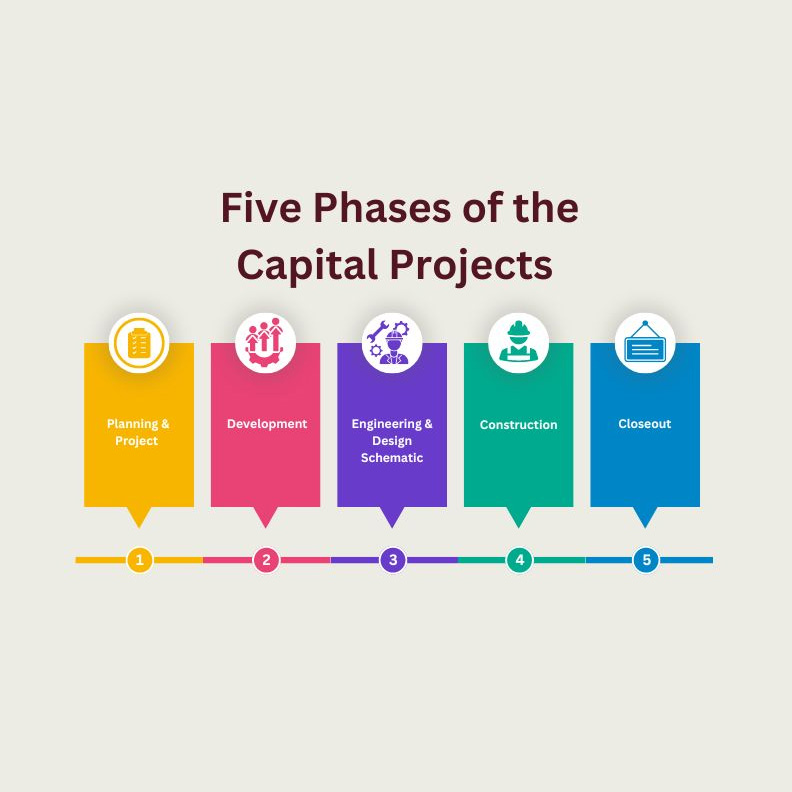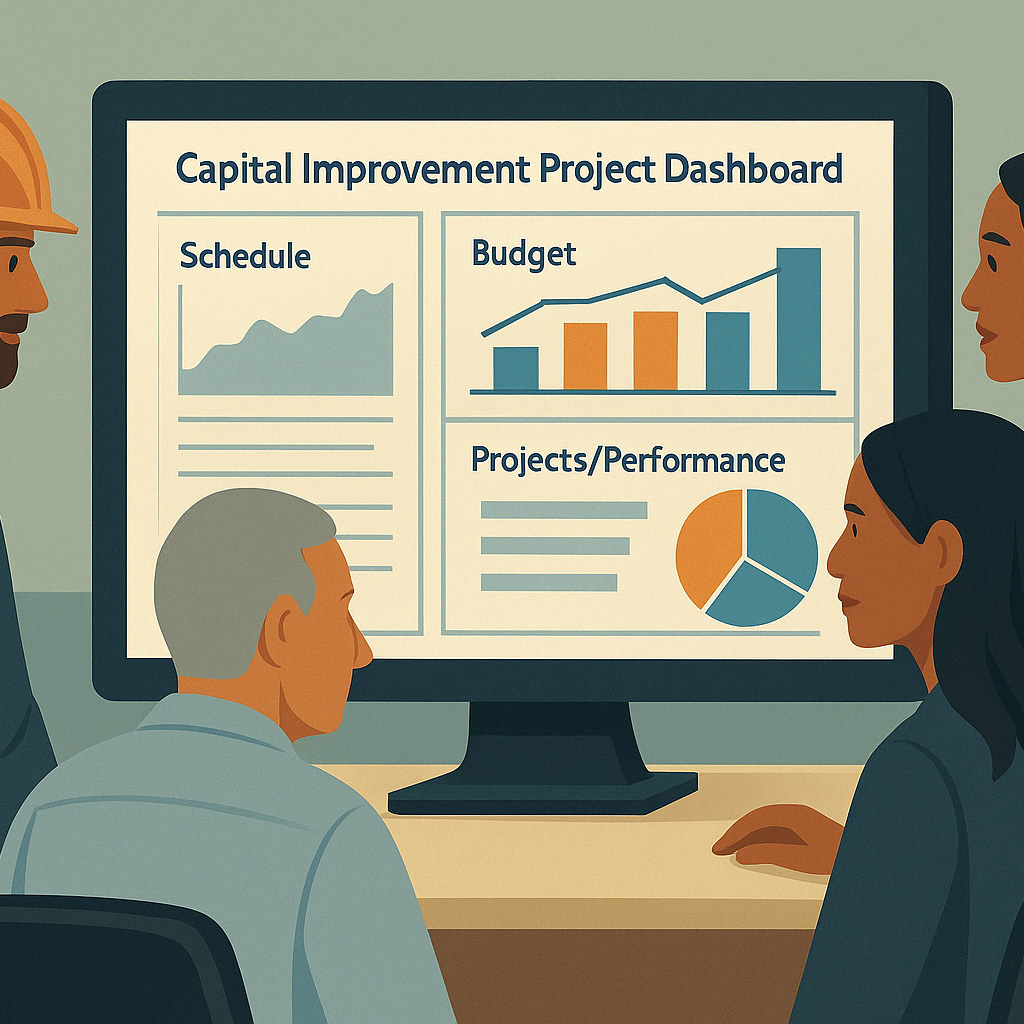In the world of public finance and infrastructure, capital improvement bond programs represent substantial, often vital commitments to improving our shared spaces. From road networks and public schools to water treatment facilities and recreation centers, these programs breathe life into our communities and help them to thrive. However, when these programs run over budget and over time, what can be done?
Indeed, the concept of a capital improvement bond program spiraling out of control might seem daunting, if not downright terrifying. After all, these are significant sums of money often raised from taxpayers’ contributions, making it crucial to maintain transparency, accountability, and efficiency in these programs. However, all is not lost when such situations arise. Today, we delve into the potential responses and solutions for over budget, over time capital improvement bond programs.
First and foremost, when a bond program exceeds budget or time, it is important to pinpoint the following:
Why?
- Was there a misjudgment in the initial estimation process?
- Have unforeseen costs come into play?
- Did circumstances change drastically, impacting project implementation?
Understanding the root cause helps guide the way forward. This process may involve an audit or a comprehensive program review by financial advisors, project managers, or external consultants.
Secondly, immediate measures to mitigate financial overrun should be considered. These can range from re-prioritizing projects within the program, slowing down less critical projects, or renegotiating contracts. In extreme cases, it might be necessary to halt certain projects until a clear path forward is established. However, the potential impact on public services and community sentiment needs to be factored into these decisions.
Simultaneously, the governing body should proactively communicate with the public, sharing the reasons for the overruns and the steps taken to remedy the situation. Transparency is key in maintaining public trust and assuring taxpayers that their money is not being squandered. This may include town hall meetings, updates on the official website, or press conferences.
Thirdly, in the face of rising costs and delayed timelines, bringing in a Capital Improvement Program Management Consultant (PMC) can be an effective step. These professionals are trained and experienced in rescuing projects that have veered off course. They offer an external perspective and the ability to spot issues that may have been overlooked or underplayed by the internal team. Additionally, their expertise is specifically geared towards streamlining processes, finding efficiencies, and setting realistic, achievable goals – all of which can contribute to halting and reversing the trend of overruns.
A competent Capital Improvement Program Management Consultant (PMC) will conduct an in-depth assessment of the existing situation, pinpoint bottlenecks, and provide a roadmap to rectify the issues. They will also implement robust project management methodologies that ensure optimal use of resources and strict adherence to timelines. This, coupled with their ability to handle stakeholder relations and their experience in the nuances of public projects, could prove invaluable. While the initial expenditure might seem significant, the potential savings from rescued projects and the avoidance of future overruns often far outweigh this cost. Thus, a PMC can be a significant asset in navigating the troubled waters of an over budget, over time capital improvement bond program.
Additionally, it might be beneficial to invest in technology and tools that enhance project management, financial tracking, and cost estimation. With advancements in predictive analytics and artificial intelligence, many municipalities and government entities are leveraging these technologies to stay on top of their capital improvement programs.
Subsequent to addressing immediate concerns, it is time to learn and adapt. The lessons gleaned from the situation should be used to recalibrate future project estimates and implementation plans. An evaluation of the forecasting process and tools, project management practices, and cost control measures will be integral at this stage.
Lastly, having a contingency plan for such eventualities is crucial. When setting up the bond program initially, a certain percentage of the budget should be set aside for unexpected costs. If this hasn’t been the case so far, future budgets should consider this aspect. Overruns are sometimes unavoidable, and a cushion can help absorb these extra costs without derailing the entire program.
Through this journey, stakeholders can gain valuable insights and develop more robust mechanisms, ensuring the efficiency and effectiveness of future bond programs. After all, capital improvement bonds are not just about erecting physical infrastructure; they are also about building trust and confidence in our public institutions.
Navigating an over budget, over time capital improvement bond program is undoubtedly challenging. However, with a systematic approach—root cause analysis, immediate mitigation, proactive communication, learning, adaptation, and contingency planning—the crisis can be turned into an opportunity.
At Front Line Advisory Group, we are pioneers in Capital Improvement Bond Management, leveraging unparalleled expertise and deep industry insights. Our mission extends beyond consultation – we empower our clients to realize the full potential of their investments, ensuring tax dollars are put to maximum use through astute Program Management Consulting. For more information or to commence your journey towards transformative bond management, reach out to us at info@frontlineadvisorygroup.com.


